The moon is the Earth’s only natural satellite. It orbits an average of 384,000 kilometers away from our planet, and is the most internal satellite in our solar system, meaning it is the closest satellite to our Sun. The moon is 3,476 kilometers across, less than one-third the Earth's diameter. Its composition is similar to that of Earth and the other terrestrial planets, or planets formed primarily of rocks and silicates. Its crust is 68 km thick on average, and the moon has a solid mantle beneath its crust that extends down roughly 1,000 km. The moon’s most internal part is the lunar nucleus, the composition of which remains unknown. The moon has no atmosphere and its temperatures vary considerably, ranging between a maximum of 127 and a minimum of -173 degrees Celsius. It has a weak gravitational field. But even the moon’s weak gravity has significant effects on Earth, for example causing the tides. The lunar surface is covered in dust, rocks and solidified lava. It has deep craters, mountainous uplands and extensive flat plains called seas.
Its origin is uncertain. The most accredited theory is that it was formed at least 4 billion years ago, separating from the Earth following an impact with a large planetoid. The moon always faces the Earth with the same hemisphere. This is because the rotation and revolution of the moon around the Earth each last about 29 and a half days, in other words a lunar month. This cycle is divided by lunar phases. Like the sun, the moon can be seen with the naked eye, and mankind has always been aware of its presence. Every population on Earth has given it a name. Two different etymological derivations prevail in modern languages, the Latin lux and Greek mēn. Italian scientist Galileo Galilei conducted the first scientific observations of the moon, examining it through a telescope in 1609. Since then, the satellite has been the subject of increasingly detailed studies, culminating with manned space expeditions in the 20th Century. In 1959, three Soviet probes sent photos and scientific data back to Earth.
Shortly thereafter, the United States launched a series of “Apollo” space missions. On July 20, 1969, astronauts Neil Armstrong and Edwin Aldrin of the Apollo 11 mission officially became the first men to set foot on the moon.
Its origin is uncertain. The most accredited theory is that it was formed at least 4 billion years ago, separating from the Earth following an impact with a large planetoid. The moon always faces the Earth with the same hemisphere. This is because the rotation and revolution of the moon around the Earth each last about 29 and a half days, in other words a lunar month. This cycle is divided by lunar phases. Like the sun, the moon can be seen with the naked eye, and mankind has always been aware of its presence. Every population on Earth has given it a name. Two different etymological derivations prevail in modern languages, the Latin lux and Greek mēn. Italian scientist Galileo Galilei conducted the first scientific observations of the moon, examining it through a telescope in 1609. Since then, the satellite has been the subject of increasingly detailed studies, culminating with manned space expeditions in the 20th Century. In 1959, three Soviet probes sent photos and scientific data back to Earth.
Shortly thereafter, the United States launched a series of “Apollo” space missions. On July 20, 1969, astronauts Neil Armstrong and Edwin Aldrin of the Apollo 11 mission officially became the first men to set foot on the moon.
RELATED
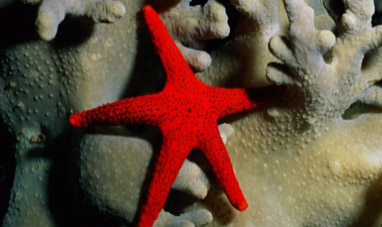

STARFISH
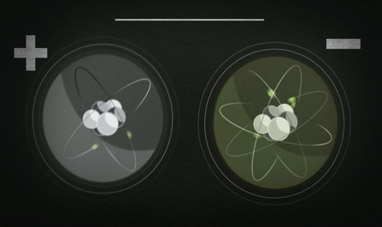

CHEMICAL BONDS


HAIR


FACEBOOK


THE OCTOPUS


PIG
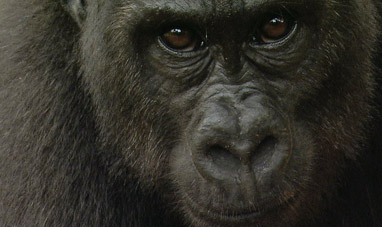

GORILLA


COBRA
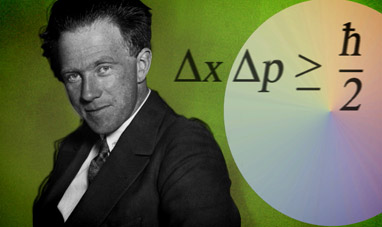

THE HEISENBERG PRINCIPLE
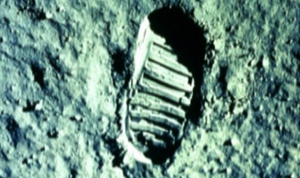

THE FIRST MOON LANDING
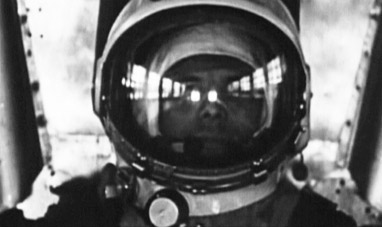

YURI GAGARIN
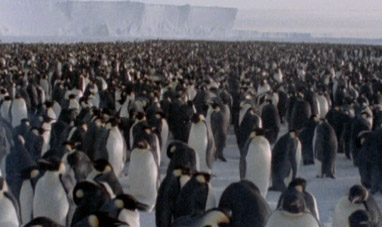

PENGUIN
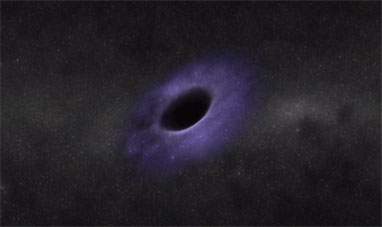

BLACK HOLES


EBAY


OIL
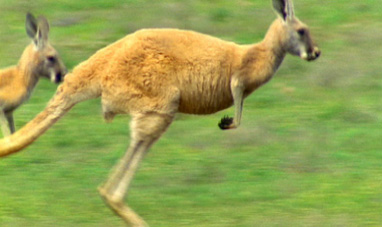

KANGAROO
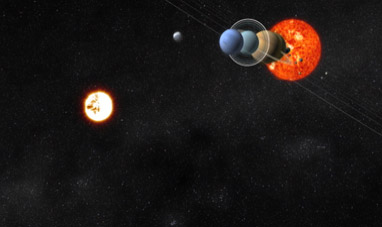

ERIS


LADYBUG


GECKO


RIVERS


MOSQUITO
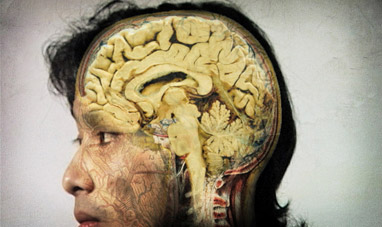

THE BRAIN


FALCON


FLAMINGO


WHEAT
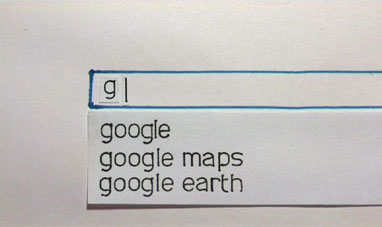

GOOGLE
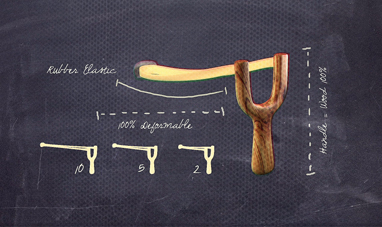

NATURAL RUBBERS


NEBULAE


CARNIVOROUS PLANTS
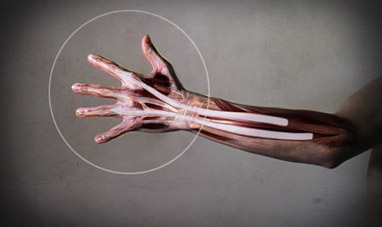

THE HANDS


JELLY FISH
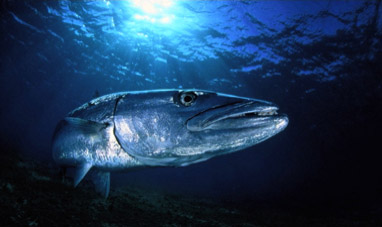

BARRACUDA
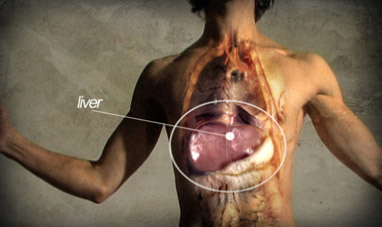

THE LIVER
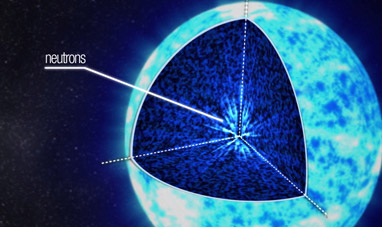

SUPERNOVAS


KINETIC, POTENTIAL AND MECHANIC ENERGIES


FLEA
